Planning began for the OHSU Center for Women’s Health
In 1997, planning began for Oregon Health & Science University’s (OHSU) Center for Women’s Health, and an interim…

In 1997, planning began for Oregon Health & Science University’s (OHSU) Center for Women’s Health, and an interim…
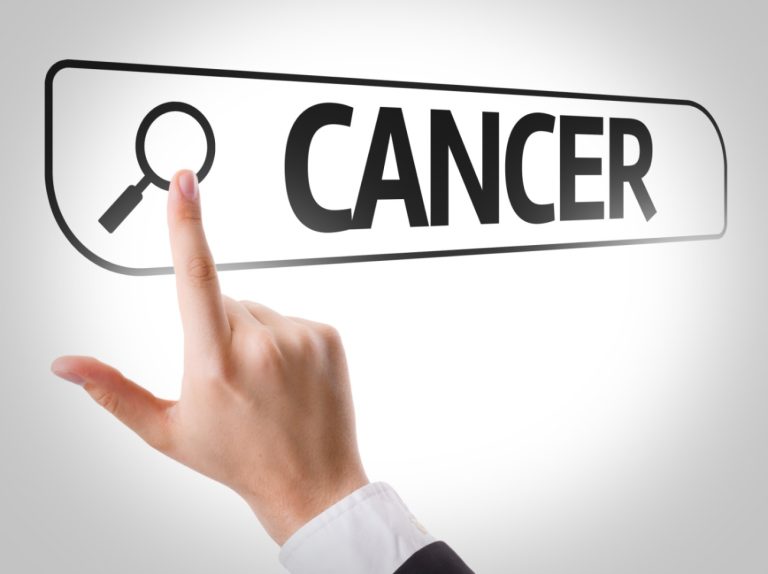
In 1997, the Oregon Cancer Center was established with a grant from the National Cancer Institute (NCI) of…
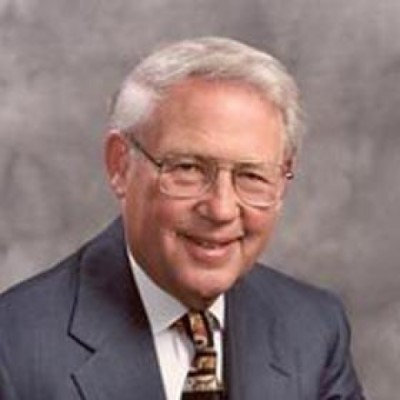
In 1997, The Fred Hutchinson Business Alliance announced that the E. Donnall Thomas Medal of Achievement would be…
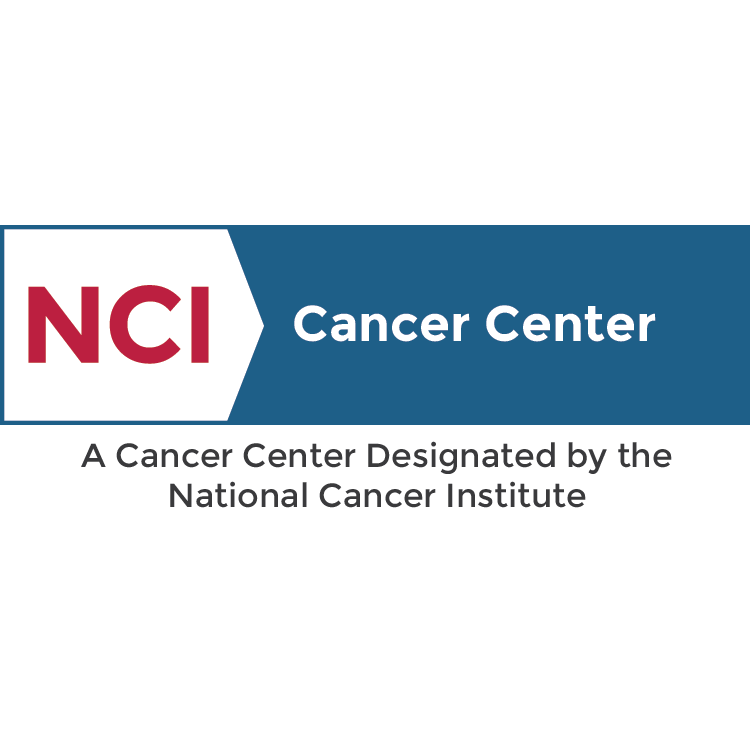
In 1997, Oregon Health & Science University (OHSU) announced that the institute achieved National Cancer Institute (NCI) designation,…
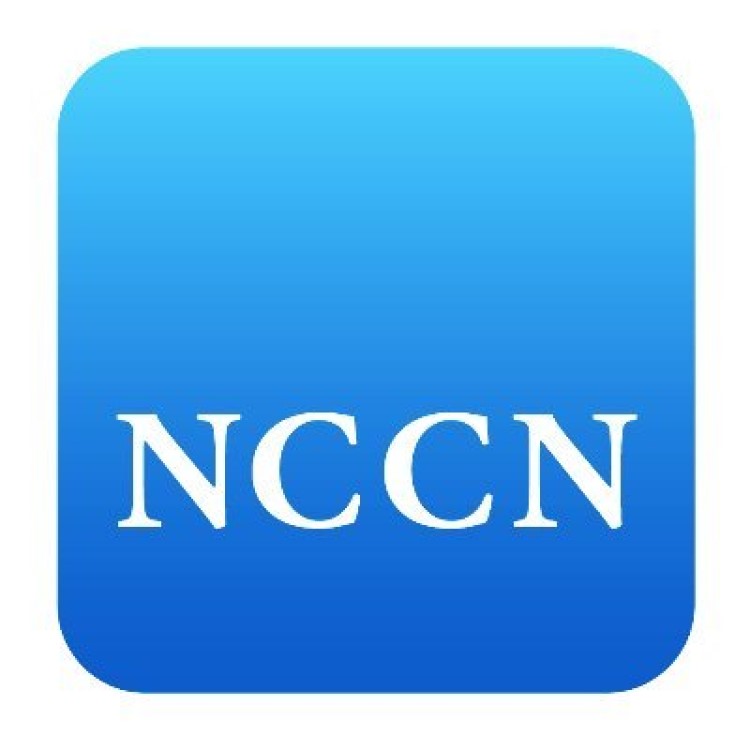
In 1997, the Huntsman Cancer Institute received National Comprehensive Cancer Network (NCCN) designation. In 1995, the Center earned…
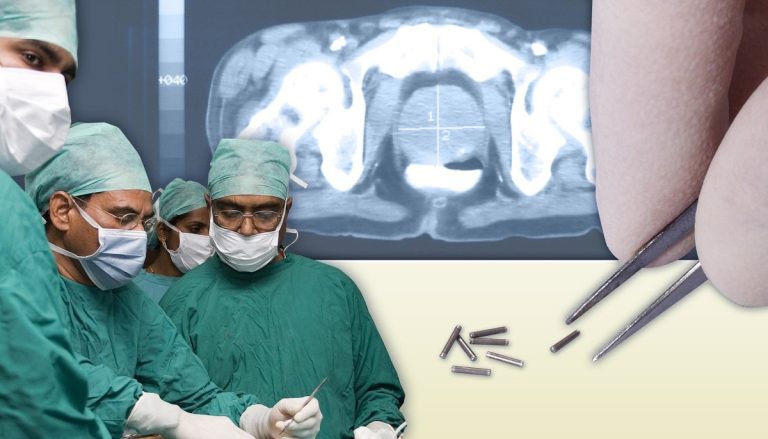
In 1997, IsoRay was founded in Richland as a spin-off from the Pacific Northwest National Laboratory (PNNL) to…
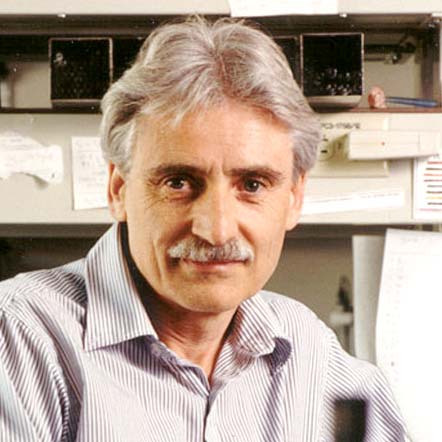
In 1997, Dr. Leland Hartwell became the new President and Director of the Fred Hutchinson Cancer Research Center….
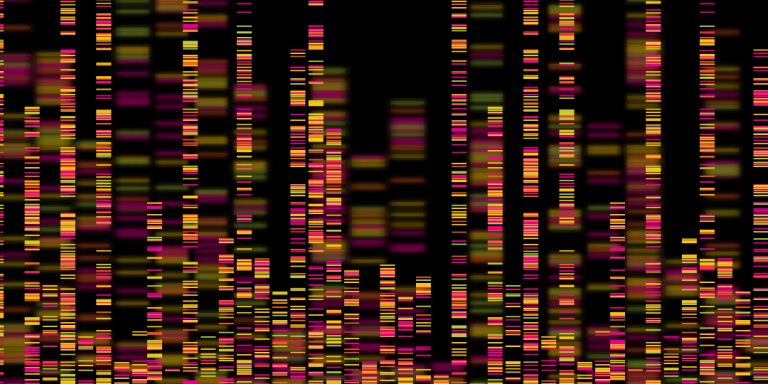
In 1997, the Cancer Genome Anatomy Project (CGAP), created by the National Cancer Institute (NCI), is a multi-year…
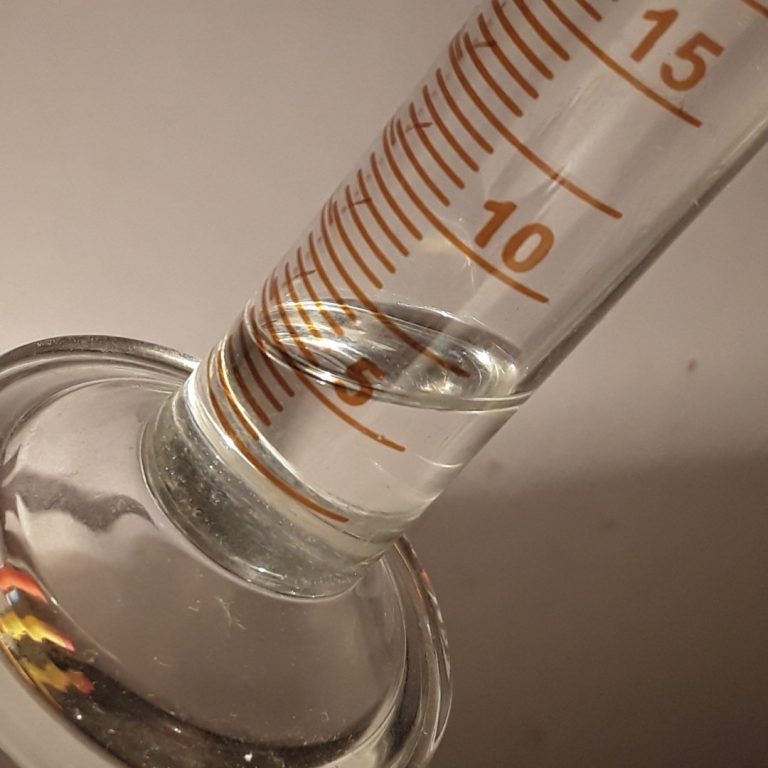
In 1997, the National Cancer Institute (NCI) and Chinese scientists found that occupational exposure to benzene is associated…

In 1997, the the University of California, Irvine (UCI) Chao Family Comprehensive Cancer Center (CFCCC) gained NCI designated…

On Oct. 2, 1996, SeaMED Corp. was founded in Redmond by Bob Berg. The company manufactured cell-production systems,…

On Jul. 1, 1996, topotecan (Hycamptin), the first of a class of drugs that interferes with the enzyme…

On Jan. 2, 1996, Stanford Medicine researchers announced they had discovered that the p53 protein, known to be…
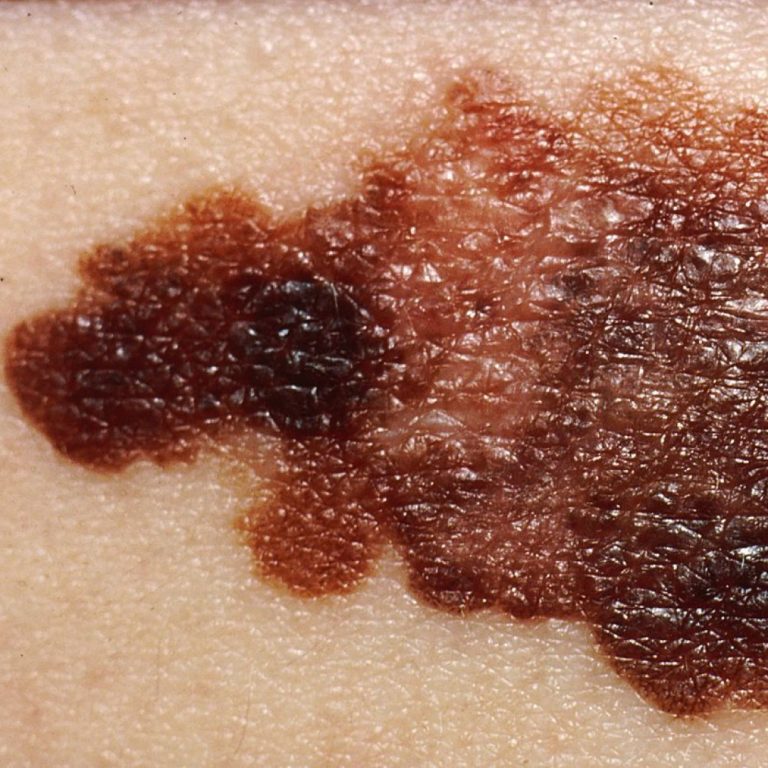
In 1996, Stanford Medicine developmental biologist Matthew Scott and a team at University of California, San Francisco discovered…
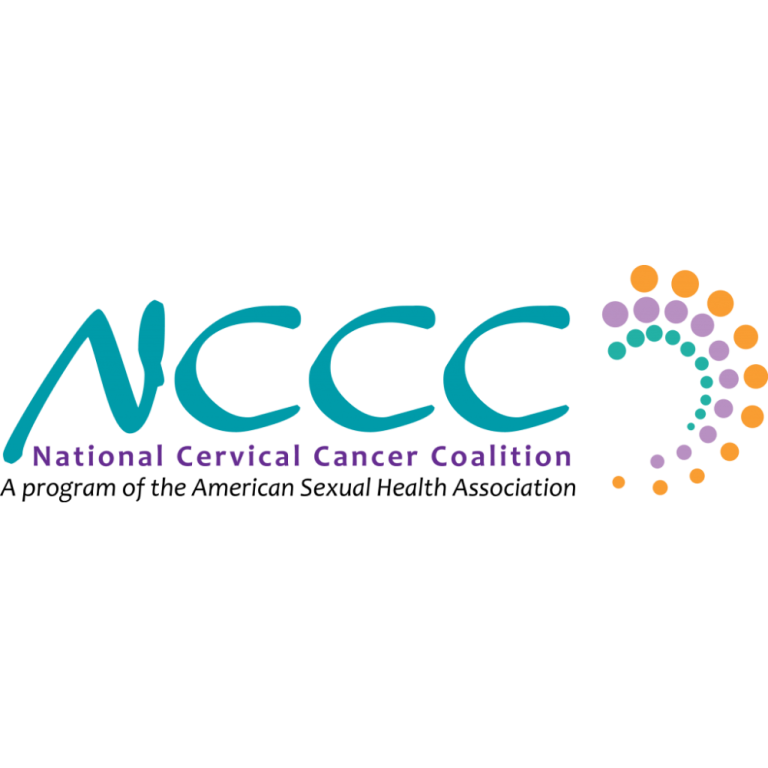
In 1996, the National Cervical Cancer Coalition (NCCC), a growing coalition of people battling cervical cancer and HPV…
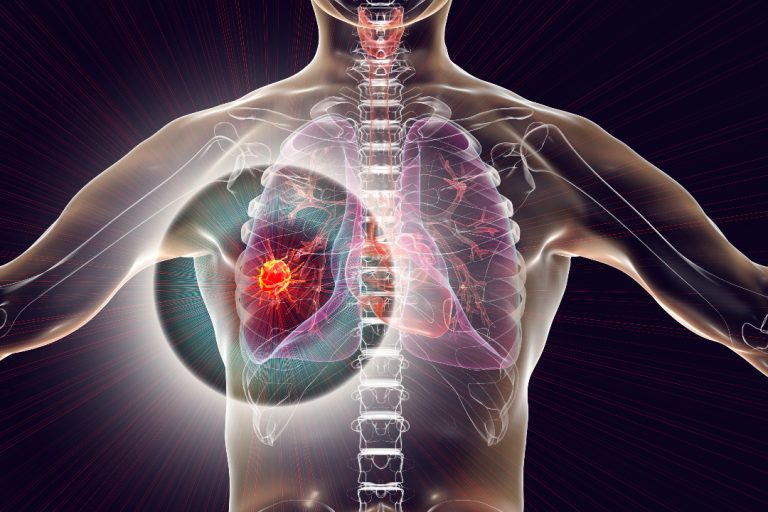
In 1996, the U.S. Centers for Disease Control and Prevention (CDC) found evidence of tobacco smoke exposure in…

In 1996, the University of Hawaii Cancer Center (UH) received National Cancer Institute (NCI)-designation, an honor it has…

In 1996, the University of Maryland Cancer Center was renamed Marlene and Stewart Greenebaum Comprehensive Cancer Center. In…
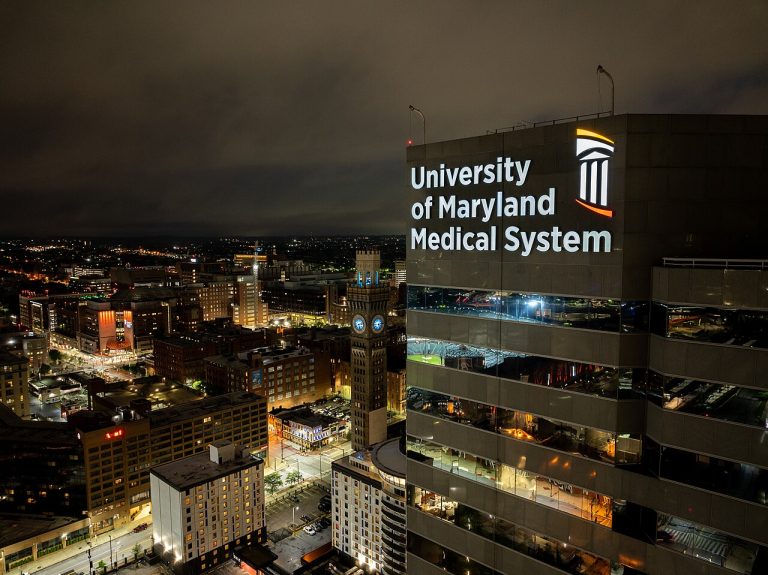
In 1996, the University of Maryland cancer programs moved to a private facility and renamed the University of…

In 1996, the Sidney Kimmel Cancer Center (SKCC) at Johns Hopkins University received National Cancer Institutes (NCI). The…
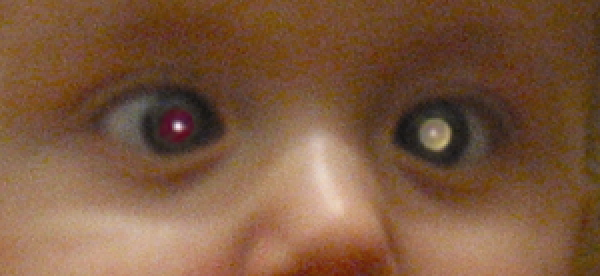
In 1996, Dr. Brenda Gallie identified the cause of drug-resistant childhood cancer of the retina, leading to an…
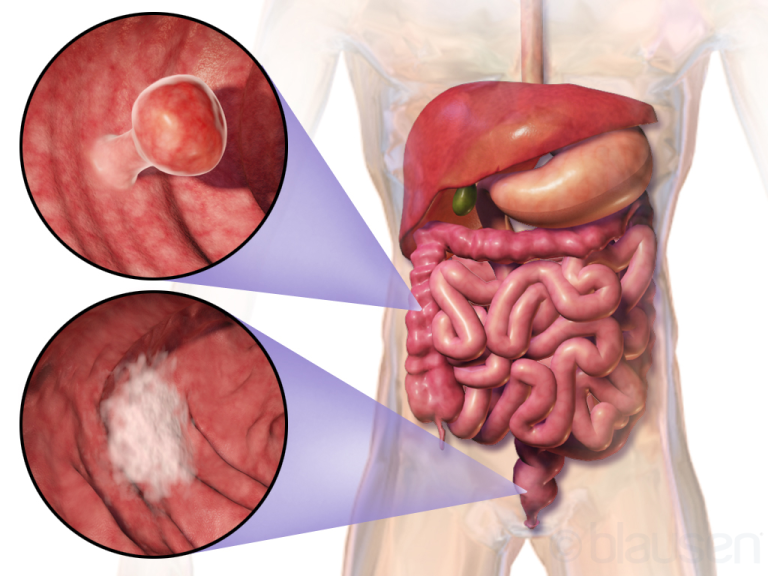
In June 1996, the Food and Drug Administration (FDA) first approved irinotecan for the treatment of patients with…

In 1996, the American Cancer Society reported that the overall age-adjusted cancer mortality rate declined in each succeeding…
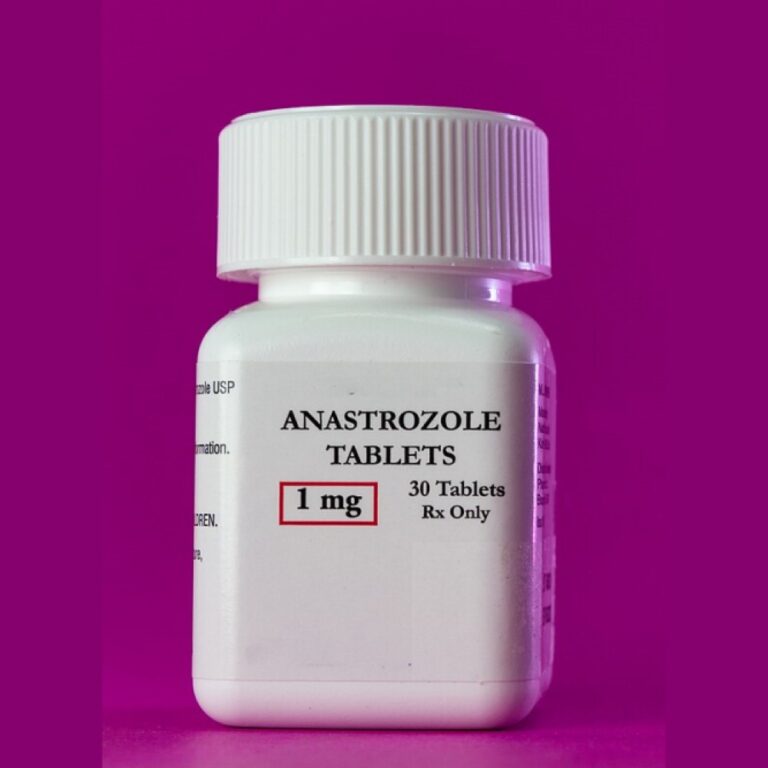
Dec. 27, 1995, the U.S. Food and Drug Administration (FDA) approved anastrozole (Arimidex) as a treatment for breast…

On Dec. 9, 1995, the U.S. Food and Drug Administration (FDA) approved tretinoin, a differentiating agent related to…
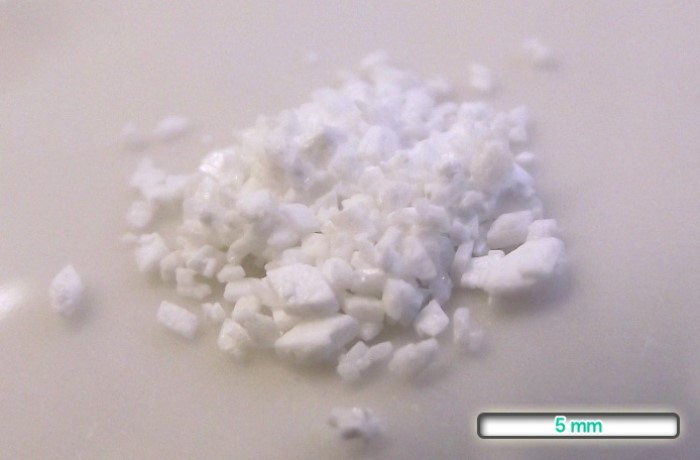
On Dec. 6, 1995, the U.S. Congress repealed the saccharin notice requirements. The store warning notice requirement was…
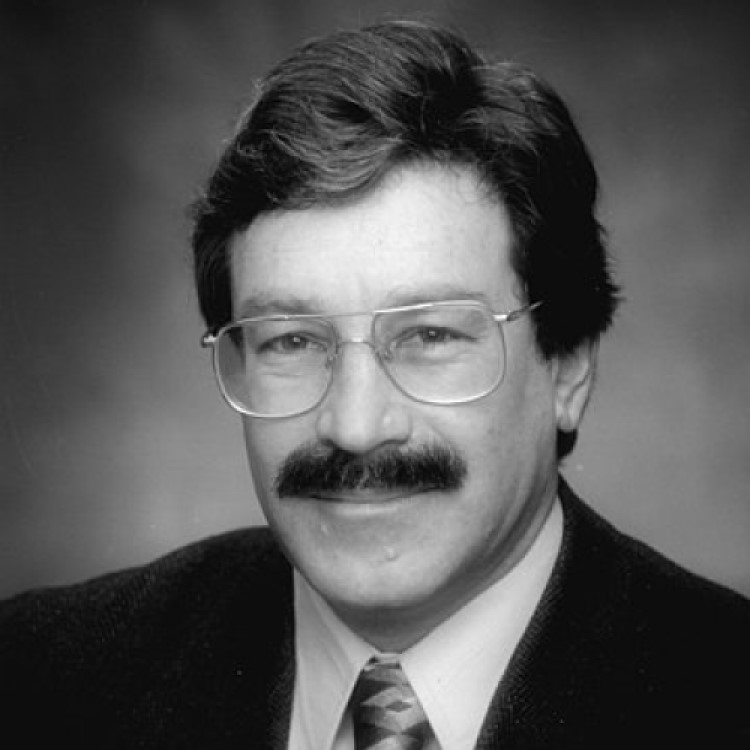
On Aug. 1, 1985, Richard D. Klausner became the eleventh director of the National Cancer Institute, serving until…
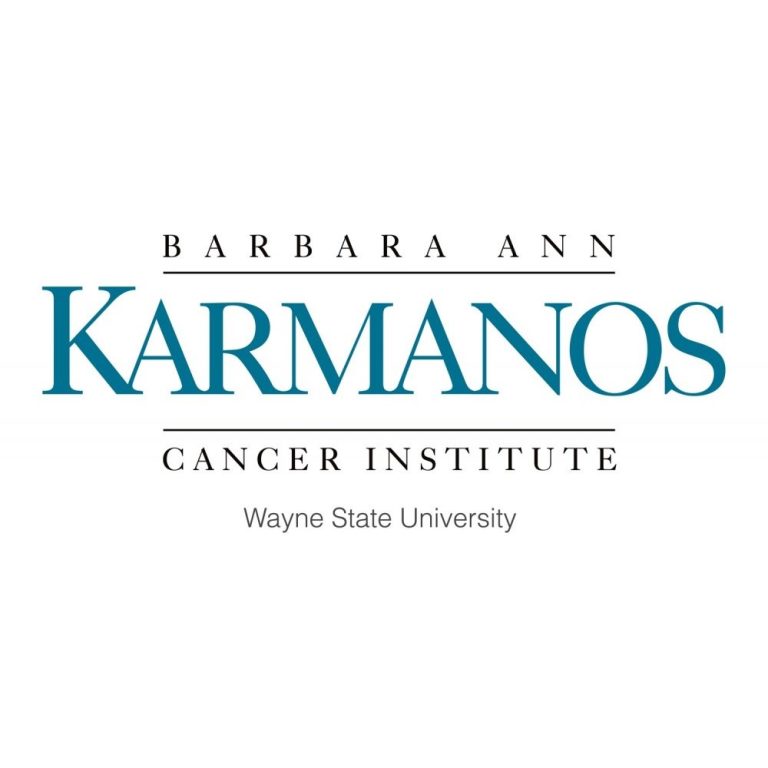
On Jul. 30, 1995, Peter Karmanos generously gave a large donation to the cancer research, patient care and…
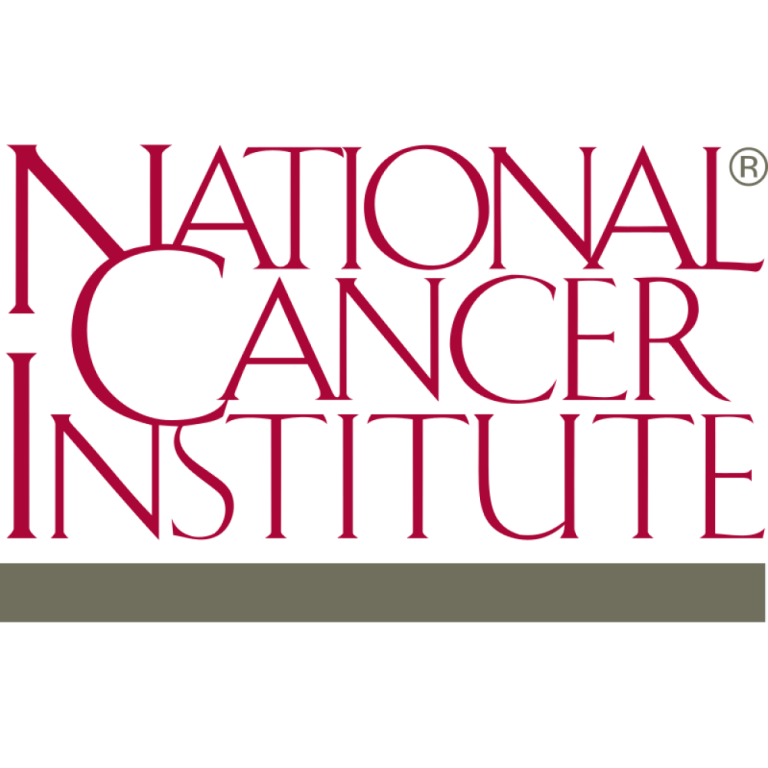
In 1995, Information in National Cancer Institute’s (NCI) Physician Data Query (PDQ) database became available on the World…
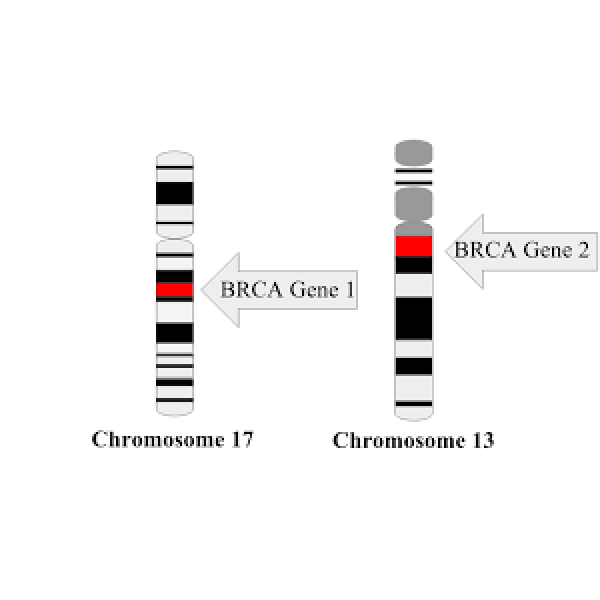
In 1995, the BRCA2 gene was mapped to chromosomal 13q. Just fifteen months later, Wooster et al. reported…